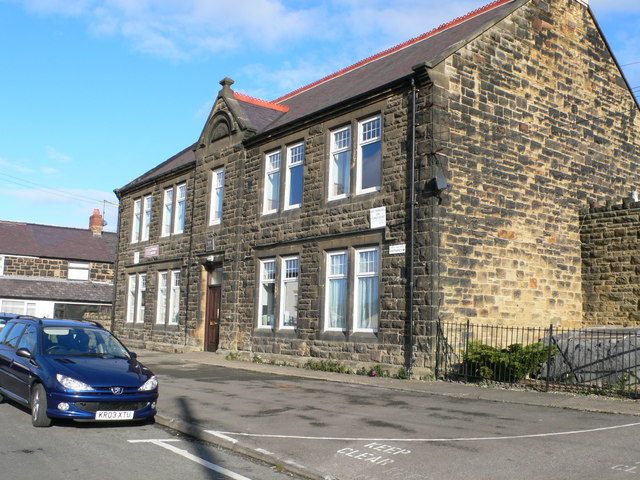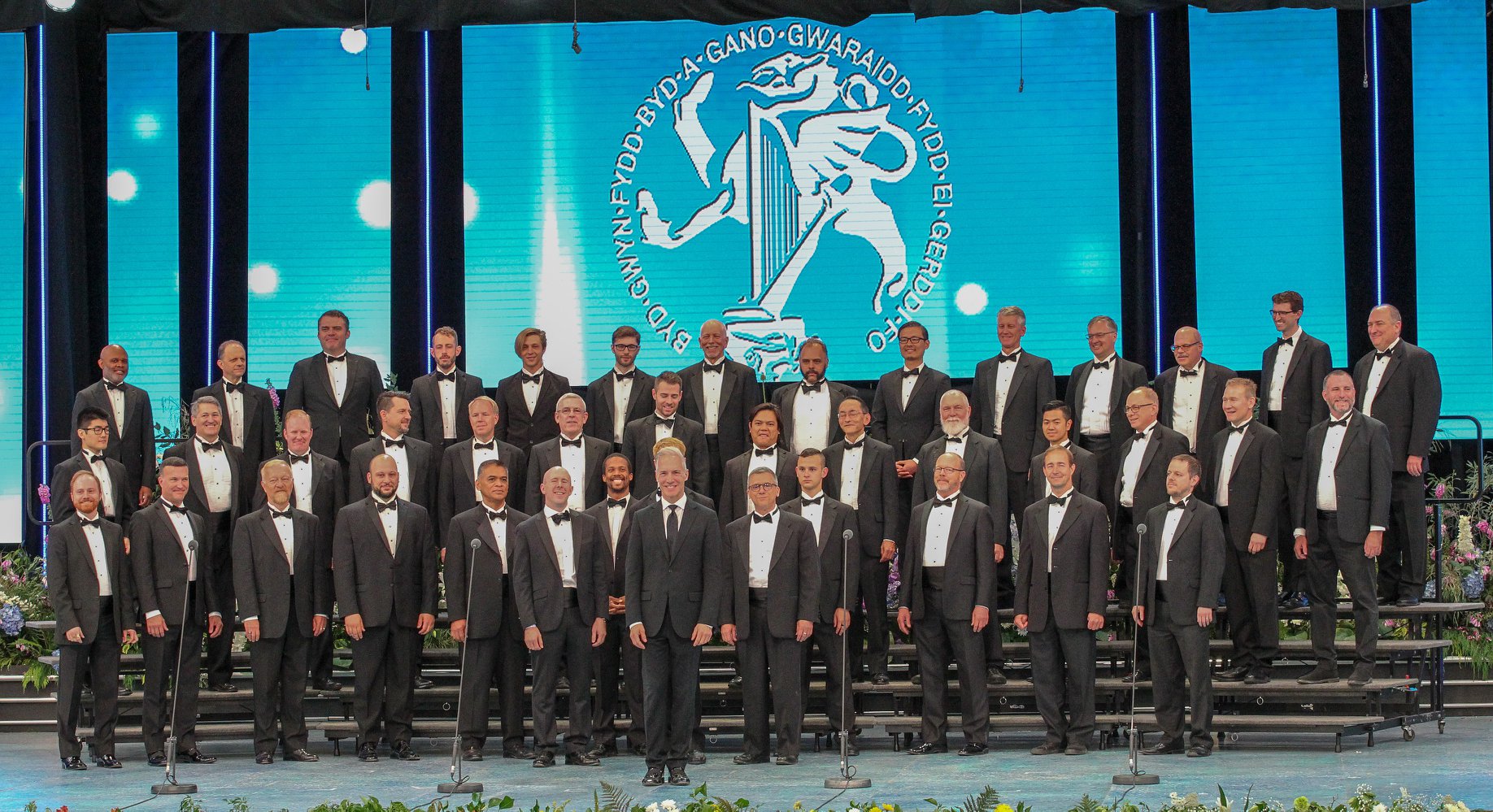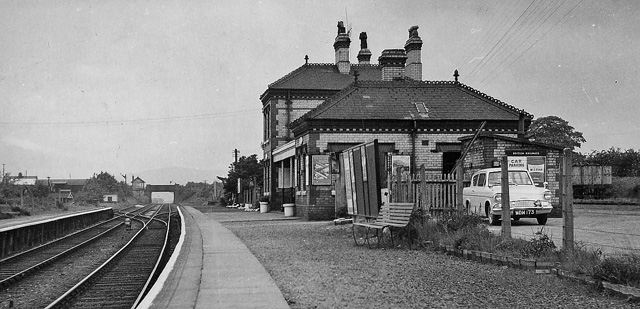|
Tanyfron
Tanyfron, also occasionally spelt Tan-y-fron, is a village in Wrexham County Borough in Wales. At the time of the 2001 census, the population of area Wrexham 006A, which includes Tanyfron and a number of other small settlements, was 1,347.Area: Wrexham 006A (Lower Layer Super Output Area) , Office for National Statistics The village is part of the local government of and is in the Vron electoral ward. The built-up area had a ... [...More Info...] [...Related Items...] OR: [Wikipedia] [Google] [Baidu] |
Brymbo
Brymbo is a village and community in Wrexham County Borough, Wales. It lies in the hilly country to the west of Wrexham city, largely surrounded by farmland. At the 2001 Census, the population of the community area (including Brymbo village, along with the villages of Tanyfron and Bwlchgwyn and a number of rural hamlets) was 3,482, increasing to 4,836 at the 2011 Census. Brymbo is also the name of an electoral ward of Wrexham County Borough, whose population (including Brymbo and Tanyfron only) was 2,653 at the 2001 census, increasing to 3,981 at the 2011 Census. The area was formerly heavily dependent on coal mining and steelmaking, and the Brymbo Steelworks, which operated between 1794 and 1990, was a prominent feature of the village and much of the surrounding area. The area had a strong community spirit and at least three major railways (GWR, LNWR, LNER) were present. History Brymbo, possibly from the Welsh ''Bryn baw'' ("mud hill" or "dirt hill") first appears in records ... [...More Info...] [...Related Items...] OR: [Wikipedia] [Google] [Baidu] |
Wrexham And Minera Branch
The Wrexham and Minera Railway or Wrexham and Minera Branch was a railway line in North Wales between the city of Wrexham, the village of Brymbo where it served the Brymbo Steelworks, and the lead mines and limeworks at Minera. A further branch ran from Brymbo to Coed Talon, where it connected with lines to Mold. The system was constructed in several stages between 1844 and 1872, while the various lines making up the system closed in 1952, 1972 and 1982. A directly competing route to Brymbo was opened by the Wrexham, Mold and Connah's Quay Railway in the 1880s. It closed in stages between 1954 and 1970. History The railway was one of several constructed to serve the intensive quarrying, mining and iron founding operations in the area west of Wrexham, which were undergoing considerable expansion in the mid 19th century thanks to exploitation of the underlying Middle Coal Measures. Construction The section of line between Brymbo and Minera had originally been part of th ... [...More Info...] [...Related Items...] OR: [Wikipedia] [Google] [Baidu] |
Coedpoeth
Coedpoeth () is a village and community in Wrexham County Borough, Wales. The built-up area with Minera had a population of 5,723 in the 2011 census. Locality Coedpoeth is on a hill between the Clywedog and Gwenfro valleys, surrounded by countryside with views of the Cheshire plain, Tanyfron, Southsea and the city of Wrexham. The highest point of the village is Rock Place at 800 feet (245 m) above sea-level. The neighbouring village of Bwlchgwyn is one of several claiming to be the highest village in Wales, at 1090 feet (333 m). The area is prone to snowfall, and has suffered localised flooding in recent years due to heavy rain. Welsh Water significantly invested in new drainage for the village in 2012, alleviating this problem. History The etymology of the placename is from Welsh ''coed'' "wood" with ''poeth'' meaning, in its original sense, "burnt",Palmer, A. N. ''A History of Ancient Tenures of Land in North Wales and The Marches'', 1910, p.88 although the modern Wel ... [...More Info...] [...Related Items...] OR: [Wikipedia] [Google] [Baidu] |
Clwyd South (UK Parliament Constituency)
Clwyd South ( cy, De Clwyd) is a constituency of the House of Commons of the Parliament of the United Kingdom (Westminster). The constituency was created in 1997, and it elects one Member of Parliament (MP) by the first past the post method of election. The Clwyd South Senedd constituency was created with the same boundaries in 1999 (as an Assembly constituency). Boundaries The constituency straddles the authorities of Denbighshire and the borough of Wrexham. Main population centres includes the suburbs of Ruabon, Chirk, Rhosllannerchrugog, Cefn Mawr and Coedpoeth to the south of the city of Wrexham, in addition to Llangollen and Corwen further up the Dee valley to the west. Until the 2010 election, the constituency used to include a small part of the preserved county of Powys. This anomaly was resolved by the Boundary Commission for Wales with the boundaries first used in 2010. The constituency comprises the following electoral wards: *From Wrexham: Overton, Br ... [...More Info...] [...Related Items...] OR: [Wikipedia] [Google] [Baidu] |
Brymbo Steelworks
The Brymbo Steel Works was a former large steelworks in the village of Brymbo near Wrexham, Wales. In operation between 1796 and 1990, it was significant on account of its founder, one of whose original blast furnace stacks remains on the site. History John Wilkinson's ironworks The works was founded by the pioneer industrialist John 'Iron Mad' Wilkinson. Wilkinson, who had owned the nearby Bersham Ironworks jointly with his brother William, purchased Brymbo Hall and its 500-acre estate from the Assheton-Smith family in 1792 for the sum of £14,000, some of which may have been lent by Boulton and Watt.Davis, RJohn Wilkinson - Ironmaster Extraordinary The estate was rich in coal and ironstone deposits, several small coal pits having existed even before Wilkinson purchased the estate. By 1796 Wilkinson had erected the first blast furnace on the site, east of the Hall, 884 tons of iron being produced in this first year. This initial furnace ("No. 1") worked continuously until ... [...More Info...] [...Related Items...] OR: [Wikipedia] [Google] [Baidu] |
Llangollen International Musical Eisteddfod
The Llangollen International Musical Eisteddfod is a music festival which takes place every year during the second week of July in Llangollen, North Wales. It is one of several large annual Eisteddfodau in Wales. Singers and dancers from around the world are invited to take part in over 20 competitions followed each evening by concerts on the main stage. Over five thousand singers, dancers and instrumentalists from around 50 countries perform to audiences of more than 50,000 over the 6 days of the event. Famous performers at Llangollen have included Luciano Pavarotti (who first competed in Llangollen in 1955 with his father and a choir from their home town Modena, and for whom the Eisteddfod's principal trophy – the Choir of the World Pavarotti Trophy – is named), Red Army Ensemble, Julian Lloyd Webber and Ladysmith Black Mambazo. The final Sunday Evening Gala Concert has featured Katherine Jenkins, Bryn Terfel, Kiri Te Kanawa, James Galway and Montserrat Caballe. O ... [...More Info...] [...Related Items...] OR: [Wikipedia] [Google] [Baidu] |
British Council
The British Council is a British organisation specialising in international cultural and educational opportunities. It works in over 100 countries: promoting a wider knowledge of the United Kingdom and the English language (and the Welsh language in Argentina); encouraging cultural, scientific, technological and educational co-operation with the United Kingdom. The organisation has been called a soft power extension of UK foreign policy, as well as a tool for propaganda. The British Council is governed by a Royal Charter. It is also a public corporation and an executive nondepartmental public body (NDPB), sponsored by the Foreign, Commonwealth and Development Office. Its headquarters are in Stratford, London. Its Chairman is Stevie Spring and its Chief Executive is Scott McDonald. History *1934: British Foreign Office officials created the "British Committee for Relations with Other Countries" to support English education abroad, promote British culture and fight the r ... [...More Info...] [...Related Items...] OR: [Wikipedia] [Google] [Baidu] |
Wrexham, Mold And Connah's Quay Railway
The Buckley Railway was opened from Buckley to a connection with the Chester to Holyhead main line on 7 June 1862, to convey coal and finished brickworks products from the Buckley area. Numerous short tramroads had existed in the area from the 1700s. The line was steeply graded (1 in 28 between Northop Hall and Connah's Quay) and sharply curved. The Wrexham, Mold and Connah's Quay Railway (WM&CQR) was incorporated in 1862 to build a line from Wrexham to Buckley, continuing to the C&HR main line via the Buckley Railway, which it joined at Ashton's Branch Junction. It later bought the Buckley Railway. The WM&CQR had plans for extensions but was unable to raise money to bring all of them into being. Short branches to mineral workings around Brymbo were opened. The WM&CQR allied itself with the Manchester, Sheffield and Lincolnshire Railway (later the Great Central Railway) which provided the finance to cross the River Dee and connect to Chester and its own system over the Chesh ... [...More Info...] [...Related Items...] OR: [Wikipedia] [Google] [Baidu] |
Clwyd
Clwyd () is a preserved county of Wales, situated in the north-east corner of the country; it is named after the River Clwyd, which runs through the area. To the north lies the Irish Sea, with the English ceremonial counties of Cheshire to the east and Shropshire to the south-east. Powys and Gwynedd lie to the south and west respectively. Clwyd also shares a maritime boundary with Merseyside along the River Dee. Between 1974 and 1996, a slightly different area had a county council, with local government functions shared with six district councils. In 1996, Clwyd was abolished, and the new principal areas of Conwy County Borough, Denbighshire, Flintshire and Wrexham County Borough were created; under this reorganisation, "Clwyd" became a preserved county, with the name being retained for certain ceremonial functions. This area of north-eastern Wales has been settled since prehistoric times; the Romans built a fort beside a ford on the River Conwy, and the Normans and Wel ... [...More Info...] [...Related Items...] OR: [Wikipedia] [Google] [Baidu] |
Great Western Railway
The Great Western Railway (GWR) was a British railway company that linked London London is the capital and List of urban areas in the United Kingdom, largest city of England and the United Kingdom, with a population of just under 9 million. It stands on the River Thames in south-east England at the head of a estuary dow ... with the southwest, west and West Midlands (region), West Midlands of England and most of Wales. It was founded in 1833, received its enabling Act of Parliament on 31 August 1835 and ran its first trains in 1838 with the initial route completed between London and Bristol in 1841. It was engineered by Isambard Kingdom Brunel, who chose a broad gauge of —later slightly widened to —but, from 1854, a series of Consolidation (business), amalgamations saw it also operate Standard gauge, standard-gauge trains; the last broad-gauge services were operated in 1892. The GWR was the only company to keep its identity through the Railways Act 1921, which ama ... [...More Info...] [...Related Items...] OR: [Wikipedia] [Google] [Baidu] |
Southsea, Wrexham
Southsea ( cy, Glanrafon) is a formerly industrial village on the River Gwenfro in Broughton community, Wrexham County Borough, Wales. The village came into being at the site of the Broughton Hall Brickworks and Plas Power Colliery. Its Welsh language placename (meaning "the bank of the river", ''glan yr afon'') derives from that of a farm. Its exotic-sounding English name, however, comes from the ''South Sea Inn'' which used to stand over the road from the brickworks, and in a room of which the brickworks pay was distributed. The Wrexham historian Alfred Neobard Palmer noted that the name Southsea first appeared on the rate books as early as 1786, though also commenting that this was "an absurd name which should never have been adopted, especially as there was an appropriate name ready to hand".Southsea, All Saints |
Welsh Language
Welsh ( or ) is a Celtic language of the Brittonic subgroup that is native to the Welsh people. Welsh is spoken natively in Wales, by some in England, and in Y Wladfa (the Welsh colony in Chubut Province, Argentina). Historically, it has also been known in English as "British", "Cambrian", "Cambric" and "Cymric". The Welsh Language (Wales) Measure 2011 gave the Welsh language official status in Wales. Both the Welsh and English languages are ''de jure'' official languages of the Welsh Parliament, the Senedd. According to the 2021 census, the Welsh-speaking population of Wales aged three or older was 17.8% (538,300 people) and nearly three quarters of the population in Wales said they had no Welsh language skills. Other estimates suggest that 29.7% (899,500) of people aged three or older in Wales could speak Welsh in June 2022. Almost half of all Welsh speakers consider themselves fluent Welsh speakers and 21 per cent are able to speak a fair amount of Welsh. The Welsh ... [...More Info...] [...Related Items...] OR: [Wikipedia] [Google] [Baidu] |



_of_Brymbo_(GC)_Station_by_Brymbo_Steelworks_-_geograph.org.uk_-_1928452.jpg)




